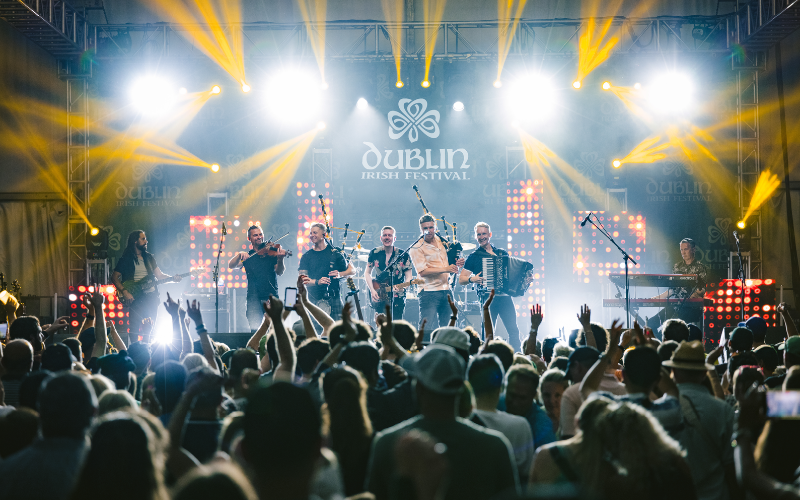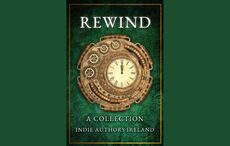Roseanne Barr’s recent racist Twitter rant revives memories of a not-so-distant past when the Irish, both at home and in the new world were the victims of this vile and hateful practice.
As far back as the 12th Century, the chronicler, Giraldus Cambrensis (Gerald of Wales), in his “Topography of Ireland” referred to the Irish as savage, filthy, excessively hairy and incestuous.
Even the great ‘enlightened’ English Elizabethan poet Edmund Spenser, best known author of “The Faerie Queene”, in a 1596 pamphlet, “A View of the Present State of Ireland”, condemned the Irish with these words:
“Marry those be the most barbaric and loathy conditions of any people (I think) under heaven...They do use all the beastly behaviour that may be, they oppress all men, they spoil as well the subject, as the enemy; they steal, they are cruel and bloody, full of revenge, and delighting in deadly execution, licentious, swearers and blasphemers, common ravishers of women, and murderers of children.”
In Victorian times, illustrations in the British Magazine “Punch” and elsewhere commonly depicted the Irish as sub-human.
In a satirical article called “The Missing Link” from “Punch” in 1862, the writer characterizes the Irish as, “A creature manifestly between the Gorilla and the Negro…” and goes on to say “…it belongs in fact to a tribe of Irish savages: the lowest species of Irish Yahoo. When conversing with its kind it talks a sort of gibberish.”
Cambridge historian Charles Kingsley, in a letter to his wife from Ireland in 1860 wrote:
“I am haunted by the human chimpanzees I saw along that hundred miles of horrible country...to see white chimpanzees is dreadful; if they were black one would not see it so much, but their skins, except where tanned by exposure, are as white as ours.”
In opposition to Gladstone in Parliament in 1886, Lord Salisbury described the Irish as no more fit for home rule than Hottentots.
The racist epithets and attitudes extended to the Irish in America, most notably the early Irish immigrants to New York. The poor, huddled masses escaping famine in Ireland were universally despised, where they were thought to bring a foreign religion (Catholicism) and disease, loose morals (rape, violence, alcoholism) and were a burden on the public purse. They were also accused of stealing American jobs. Sound familiar?
In an article in the Root Magazine, published this past St. Patrick’s Day, entitled “When the Irish Weren’t White”, African-American author Michael Harriot, quoted Cornish-born author and journalist James Silk Buckingham:
“The emigrants who land at New York, whether they remain in that city or come on in the interior, are not merely ignorant and poor—which might be their misfortune rather than their fault—but they are drunken, dirty, indolent, and riotous, so as to be the objects of dislike and fear to all in whose neighbourhood they congregate in large numbers.”
Harriot goes on to comment:
“These are not quotes from a Trump rally or an “alt-right” message board. These are historical statements from yesteryear describing a despised race of people in America. They are indicative of the sentiment of white people throughout this country who thought a subhuman species good for nothing but work and servitude might ruin America with their crime, poverty and interbreeding with white women. They were not referring to Africans, Mexicans or Muslims. They were talking about the Irish.”
In 1981, the Reverend Dr. Ian Paisley, was quoted as saying "Our ancestors (Scottish planters) cut a civilisation out of the bogs and meadows of this country (Ireland) while Mr. Haughey's (Taoiseach 1979 to 1981, March 1982 to December 1982 and 1987 to 1992) ancestors were wearing pig skins and living in caves."
As recently as 2012, “No Irish Need Apply” signs were discovered in Australia.
Our history teaches us that racism is rooted not in physiognomy or pigmentation, in race, in religion, or in any of the myriad minor differences among members of our species, but in our own self-delusion. Choosing to propagate, perpetuate and tolerate these racist stereotypes distorts our image of our fellow men and women and in the process serves to make us less than human.
This article was submitted to the IrishCentral contributors network by a member of the global Irish community. To become an IrishCentral contributor click here.




Comments